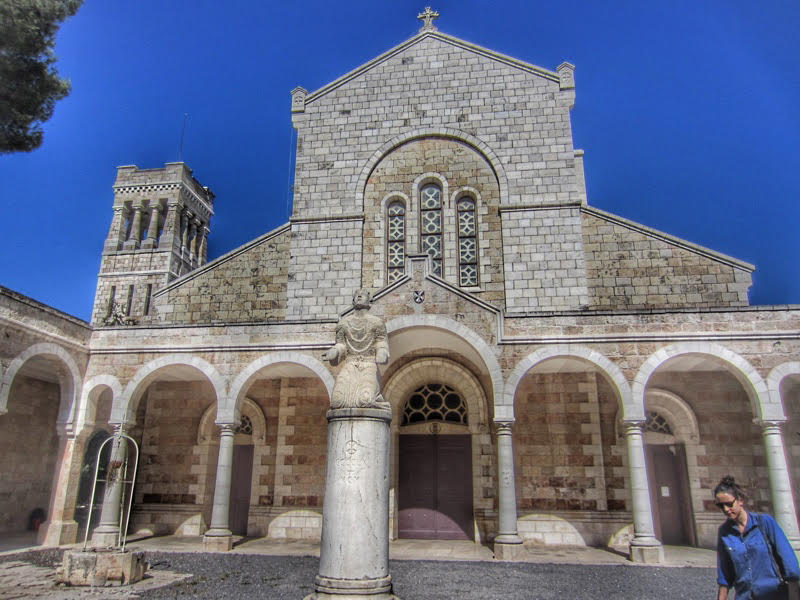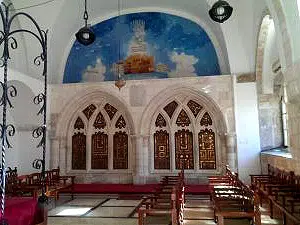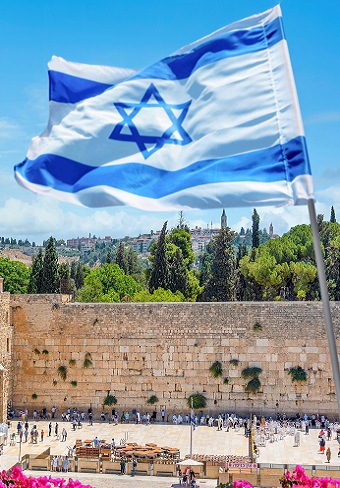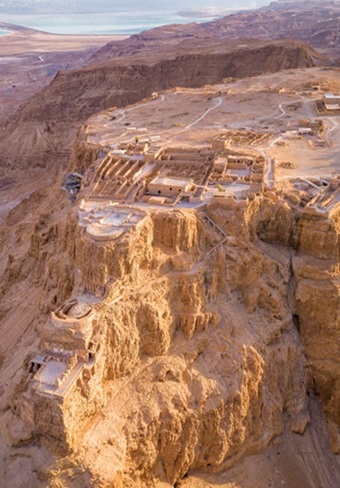Saint Etienne Church, Jerusalem

Saint-Étienne church, known also as the Church of St. Stephen, is a Catholic complex in east Jerusalem, not far from Damascus gate. Aside from its impressive church, the site is known for its French school of Bible and Archaeology (École biblique ) and extraordinary burial caves dating to the First Temple Period.
History of Saint-Étienne church
In 439 AD Empress Eudocia initiated the first church at the site, to house the relics of Saint Stephan. His bones were claimed to have been found a few years earlier in a burial cave in the Shephelah (today’s Beit Jimal). Eudocia also founded a convent at the site and was eventually buried in one of its crypts. the Persian invasion of Jeruaslem in 614 AD brought the site to dispair, and later, leapers dwelt among its ruins. The Crusaders restored part of the church, but after their expulsion, it fell again into ruins. In 1882 the French nobleman Comte de Piellat purchased the site and restored the church to reflect its significance in Byzantine times. In 1885, during the development work, rock cut-tombs dating to the First Temple Period were found on the property.
Touring Saint-Étienne church
The church is open every day, yet a visit to the site must be pre-arranged. Its First Temple Period Tombs are of particular interest and might also explain the history of the tomb at Garden Tomb.
A tour of Saint-Etienne can be combined with a guided day tour of Jerusalem.









